Ghost of Tsushima on PlayStation 4
Open-world design has long been AAA gaming’s in-vogue mechanic, but 10 years on from Ubisoft’s trend-setting Assassin’s Creed and most contemporary examples are disappointingly conservative. We get iterations on the same pop pastiche, but that typically boils down to jamming in more content rather than truly innovating.
I found Sucker Punch Productions’ approach to Ghost of Tsushima highly refreshing in this regard: it’s a AAA open-world game that feels as though it has been created around a conscious effort to avoid being labeled a cookie-cutter, even if it can’t quite resist featuring many of the same tropes along the way.
Indeed, while its badass swordplay, slick traversal, and astonishingly beautiful graphics are likely to be its biggest attraction for most, the focus on exploration and the extent to which players are left to their own devices impressed me most during my first 15 or so hours with the game.

After an action-packed prologue that introduces Jin Sakai’s story of revenge against a Mongol invasion, Ghost of Tsushima loosens the shackles and encourages players to fall in love with discovering its sandbox.
And doing so is such an immersive experience; lacking a HUD and with no distracting mini-map or compass, your eyes are never drawn away from marveling at what is perhaps the most beautiful recreation of serene wilderness I have ever seen in a video game.
Inspired by the legendary filmmaker Akira Kurosawa, every piece of foliage in Tsushima moves and sways. Trees come in brilliant reds, golden yellows, and the deepest greens. It’s wonderfully moody and ambient in a way I’ve not experienced before, and I just could not get enough of absorbing it all for hours into my playthrough.
Particularly so, because despite everything going on, my base PS4 seemed to handle it all in its stride. Ghost of Tsushima’s framerate does dip slightly here and there, but from a technical standpoint and across all aspects of its production, this is another grade A Sony first-party effort.
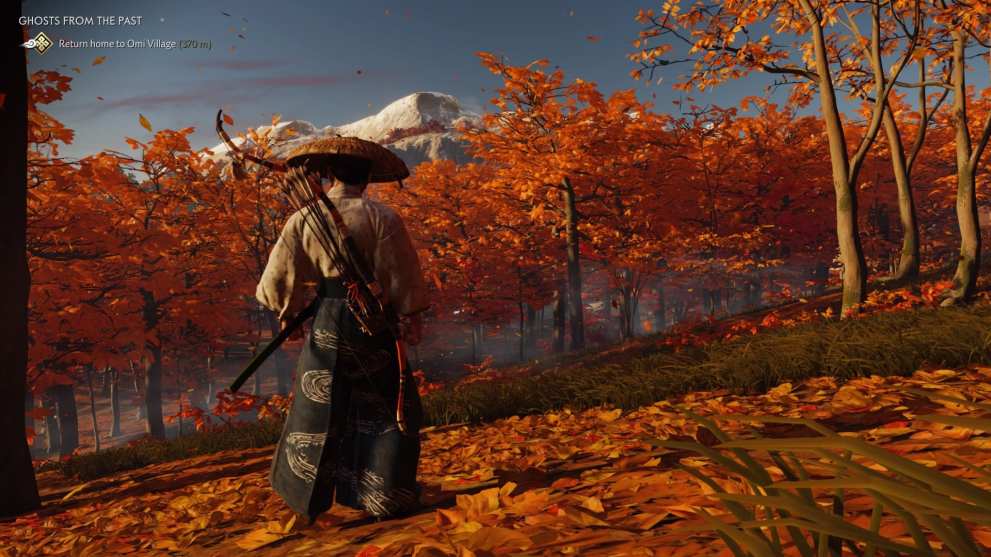
But more than just its appearance, the whole design of the game feels as though it has been shaped around striking a balance between reducing hand-holding and offering players the type of accessible experience most expect from a mainstream game. No easy task, but one that Ghost of Tsushima handles impressively.
It starts with the guiding wind, a system that orients you toward a tracked location without the need for messy waypoints and a cluttered HUD. You just up-swipe on the touchpad and away you go, shepherded toward a location with white contours of wind.
Somehow, it just works. I never really found myself frustrated or confused as you might imagine one would be after having been used to giant yellow indicators and glowing NPCs in other similar games. I never want to go back to yellow indicators and glowing NPCs.
In Ghost of Tsushima, merchants deal in Flowers for currency, “charms” found in shrines offer passive buffs, while relaxing in hot springs to reflect on story beats increases maximum health. As for Jin’s resolve, which is used to both heal and pull off special combat moves, that’s increased by slicing through bamboo targets. In all cases, the guiding wind can be set to track one of these undiscovered locations.
While in principle you’re effectively traipsing around the sandbox looking for things as you would in any other open-world game, somehow it feels so much more organic, natural, and engaging.
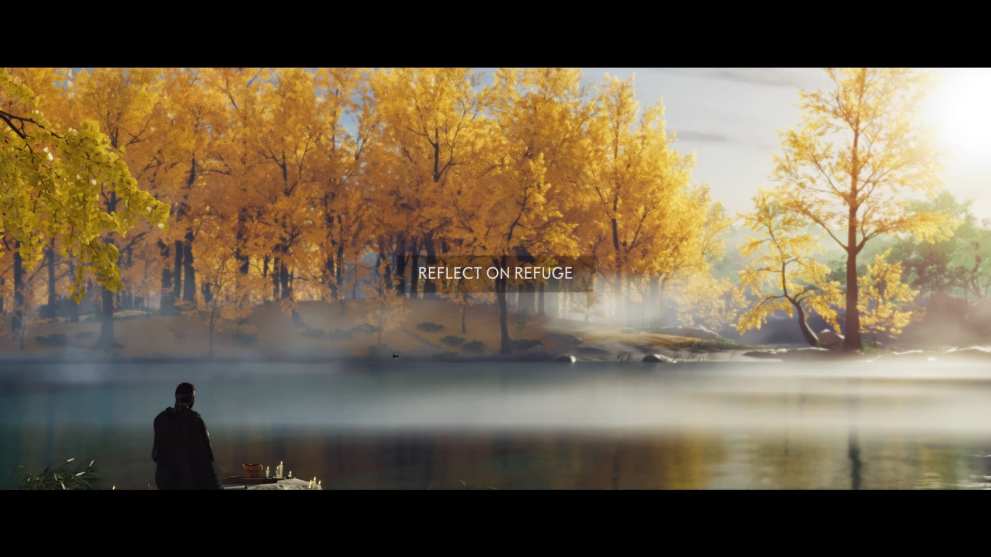
Even the activities themselves feel exploratory and intrepid by design. You follow foxes to find small shrines, and scale mountains to find larger ones; new headbands for Jin are acquired by locating a serene spot of wilderness to compose Haiku poetry. My initial hours with Ghost of Tsushima were a wonderful process of discovery that constantly surprised where other open-world games feel generic.
But Jin has more important work to do than enjoy the beauty of Tsushima Island. There’s a Mongol invasion to repel and his uncle, Lord Shimura, to free from the clutches of the nefarious Khotan Khan. It’s a simple premise, but the intrigue of the story is in the way Jin is forced to go about fighting the Mongols.
As a samurai, honor is a most important virtue, one that he’s been raised to place above all else since his childhood. But a lone warrior tackling thousands of Mongols head-on obviously isn’t particularly advisable, so under the guidance of Yuna, a peasant and thief who rescued him from the samurai’s ill-fated battle during the prologue, he begins to embrace guerilla tactics.
Jin’s inner turmoil as he wrestles with combat strategies that are in direct violation of his samurai code starts as a subplot and slowly begins to take hold as one of the story’s main thrusts. I found it compelling overall –particularly toward its latter stages where I felt an urgency to press on and see it through. But it’s nothing especially profound or unique and is perhaps a little predictable at times.
First and foremost, Ghost of Tsushima is a giant, spectacularly pretty samurai/ninja playground made to look and feel like an interactive Akira Kurosawa film. I’ve gushed about exploration already, but I’ll add that the actual practice of inputting the controls and playing the game is super tactile.
Running, climbing, leaping between rooftops, and using the grappling hook is great fun. If you’ve played any InFamous game then you’ll appreciate what a top-notch job Sucker Punch does with movement and traversal, and it’s no different here.
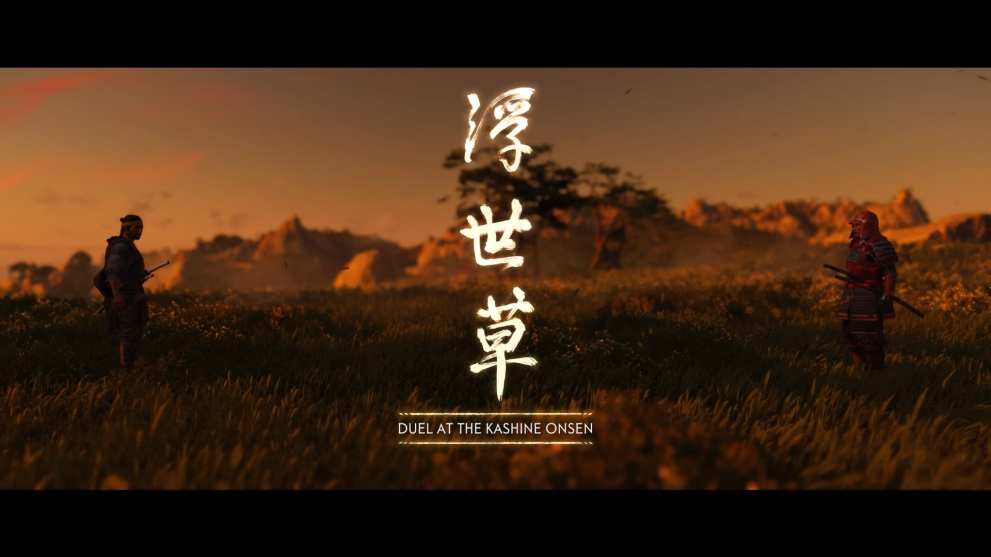
The combat, too, is mostly brilliant. More strategic and timing-based than a typical hack-and-slash, but not quite as focused and brutal as a Dark Souls game, the swordplay is both entertaining and challenging.
Jin only has his katana blade throughout the whole game, so it’s all about mastering parrying and riposting, as well as learning how to utilize four different combat stances to effectively break enemy guard. The Wind Stance, for example, delivers spinning attacks effective against spear-wielding foes, while the Moon Stance incorporates kicks that undo larger, “heavy” types.
But outside of having to face swarms of enemies as part of story missions and specific boss battles, whether you end up in drawn-out sword fights rather depends on your approach. That’s because Jin can call his opponents into a showdown, a one vs. one samurai encounter straight out of a Kurosawa flick. It then becomes a sort of wild west-like showdown as the enemy feints drawing for his sword once, twice, then goes for a slash. It’s at that moment that you’ll have to quickly attack for an instant kill.
As the game progresses, standoffs can be upgraded to extend them beyond a single foe, which, when executed properly, has you feeling like an absolutely unstoppable samurai badass. It’s something you’ll do hundreds of times, but it somehow never gets old.

There are upgrades for other aspects of combat, too, with a “technique” section divided into samurai, weapon stances, and ghost trees. The latter unsurprisingly refers to Jin’s stealth tactics, offering him the opportunity to learn the use of ninja-like weaponry, such as the smoke bomb, and throwable kunai daggers, as well as new tactics like focused hearing to spy enemies behind walls.
It’s feasible that you can approach any enemy encampment –of which there are small forts, towns, and large castles scattered generously across the map–, either aggressively as a samurai of stealthily like a ghostly ninja. I found a mix of both to be most entertaining. Also, because I inevitably get too carried away and end up being spotted.
Unfortunately, as good as Ghost of Tsushima’s combat feels, there’s rather too much of it for my tastes by the time I arrived at the game’s final stages. The major issue is that almost every quest plays out in virtually the same way, and more or less boils down to finding enemies and slaughtering them.
I really could have done with more variety, and I think for a game that’s so clearly been developed as a loving ode to samurai traditions and Japanese culture, there’s just not enough attention given to illuminating other aspects of that historical era beyond slashing other people to death.
While I appreciate that Tsushima is in the midst of a Mongol invasion, surely we could have some quests that involve something else than fighting just to break up the action?
The game’s “Tales of Tsushima,” side quests involving a supporting cast of likable NPCs that are cleverly divided into bite-sized parts, are the perfect opportunity. But they, just like the main quests, are really all just “go here, kill this person(s).” The writing is great, the dialogue interactions convincing, and voice acting is excellent, but all the quests are too samey.
And it doesn’t help that beyond those initial 15 or so hours of joyous discovery, it becomes apparent that every The Witcher 3-like question mark dotted around the map is either going to be one of five things.
Ghost of Tsushima slightly runs out of surprises to keep delivering those “wow!” moments throughout. That includes the climax of its main campaign, too, which doesn’t really elevate the spectacle beyond what I’d seen in several quests previous. Boss fights, as well, lack any real variety.
That’s a big shame because I was almost certain that it was going to be something more, something truly special after my first few days with the game. It’s very good, but it isn’t quite that. I can’t help but wonder what Sucker Punch could have produced if Ghost of Tsushima was given another year and targeted as a PS5 launch game.
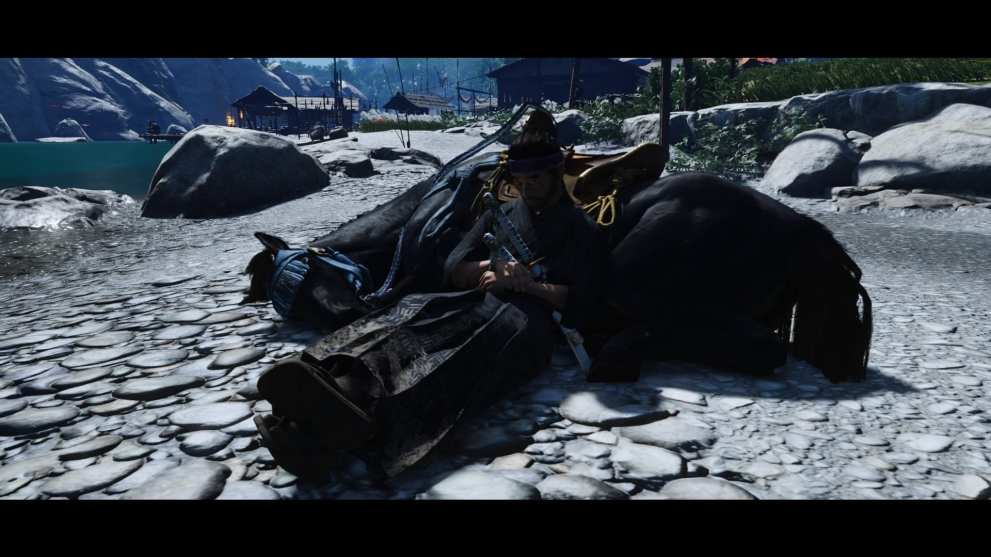
However, if it wasn’t obvious already: yes, I do still absolutely recommend Ghost of Tsushima. Thanks to its novel, clever approach to sandbox design, and just how damn fun it is to play, this is an unmissable experience for anybody that enjoys open-world games or is enthused by its aesthetic and setting.
Perhaps most importantly for me, and for which Sucker Punch deserves particular praise, Ghost of Tsushima features a level of charm that gives it a soul and personality lacking from so many AAA games lack these days. Even if it ultimately suffers from repetition by the game’s end, and despite a lack of variety in its quest, the magic of that initial exploration and the beauty of its world will stick with me for a very long time.
- Clever approach to open-world exploration
- Absolutely gorgeous stylized graphics inspired by samurai films.
- Engaging and entertaining combat.
- A plethora of aesthetic customization.
- Quests are repetitive, often boiling down to the same activities in each.
- While initially intriguing, the open-world quickly runs out of interesting features.

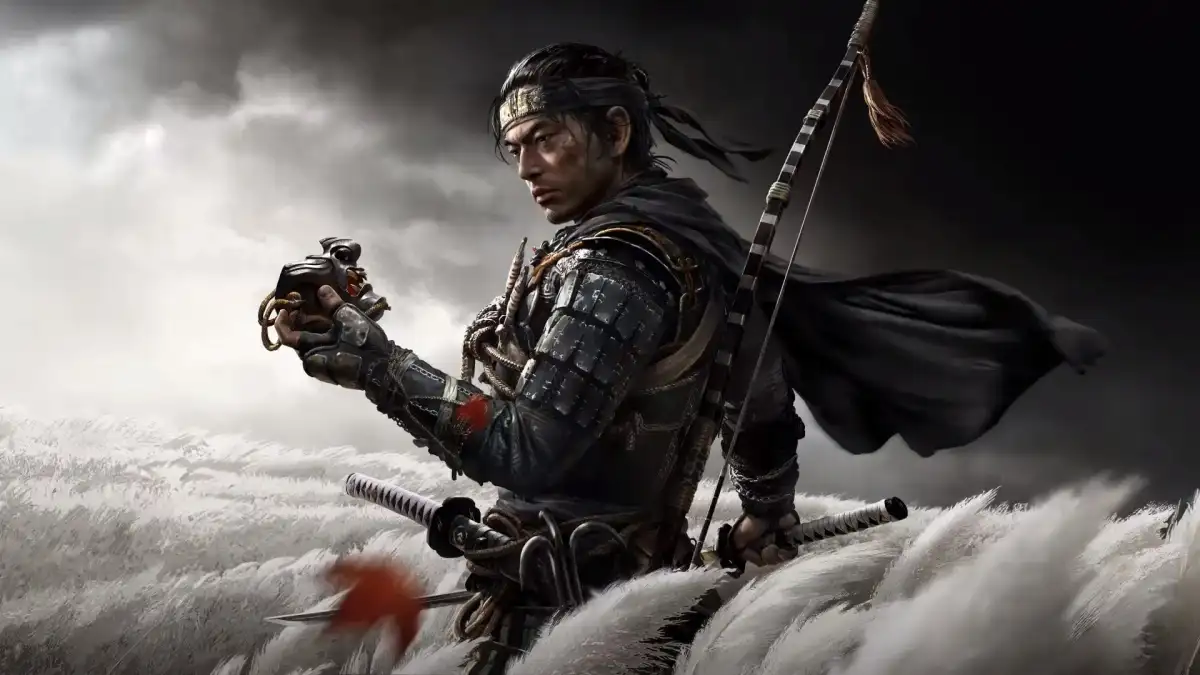






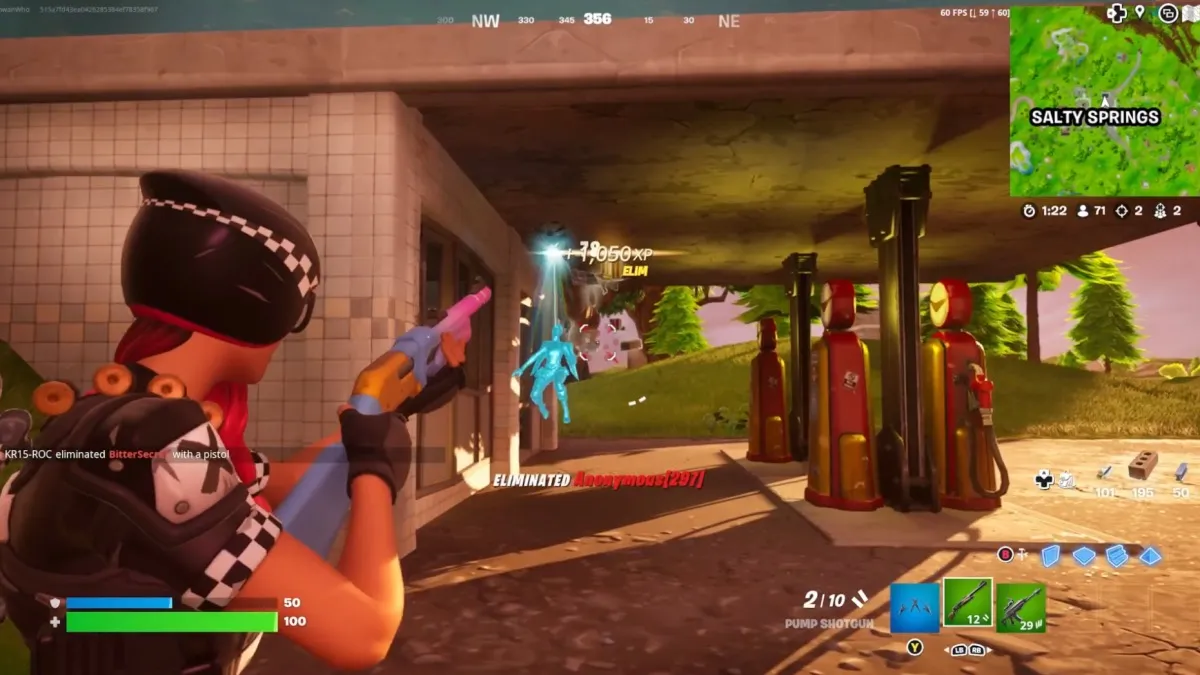




Updated: Aug 19, 2021 06:30 am